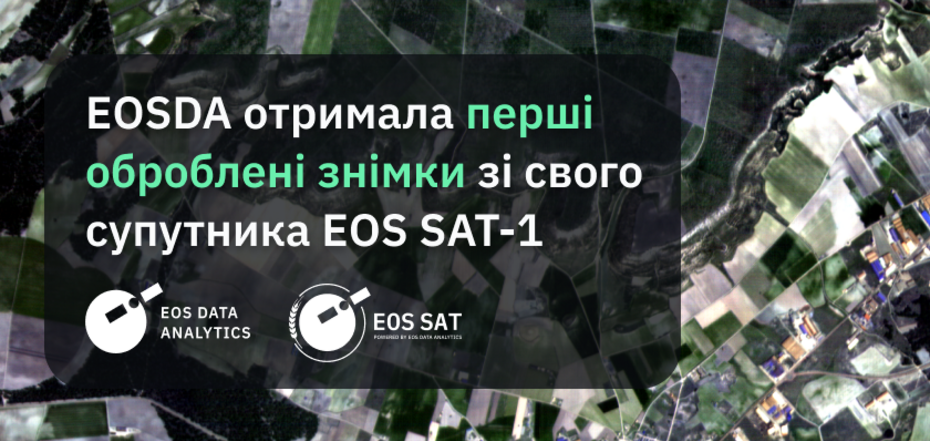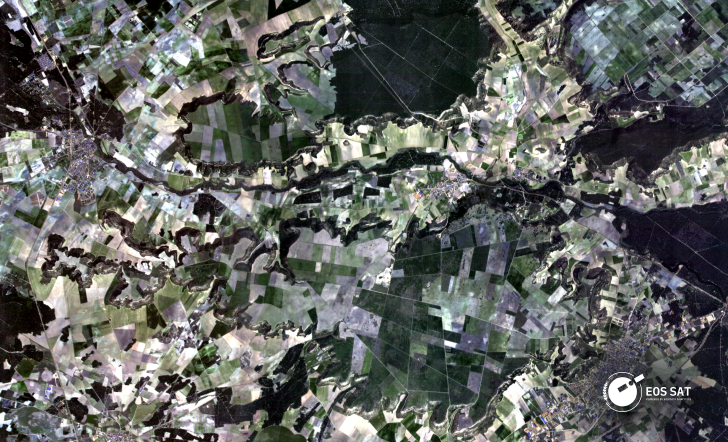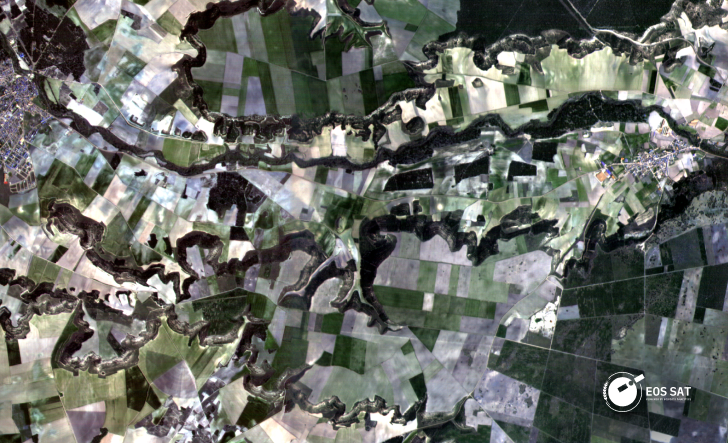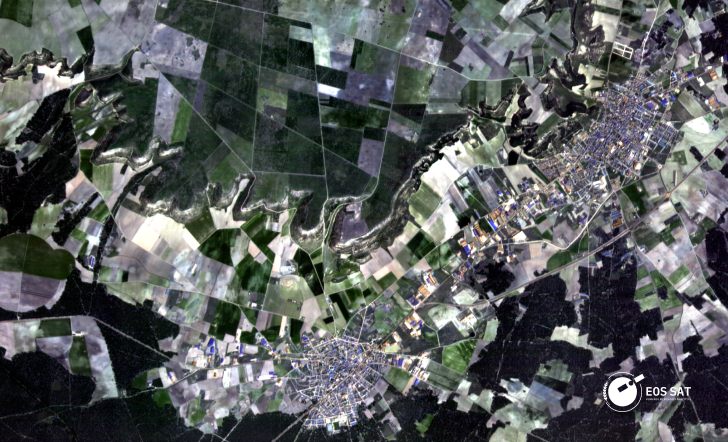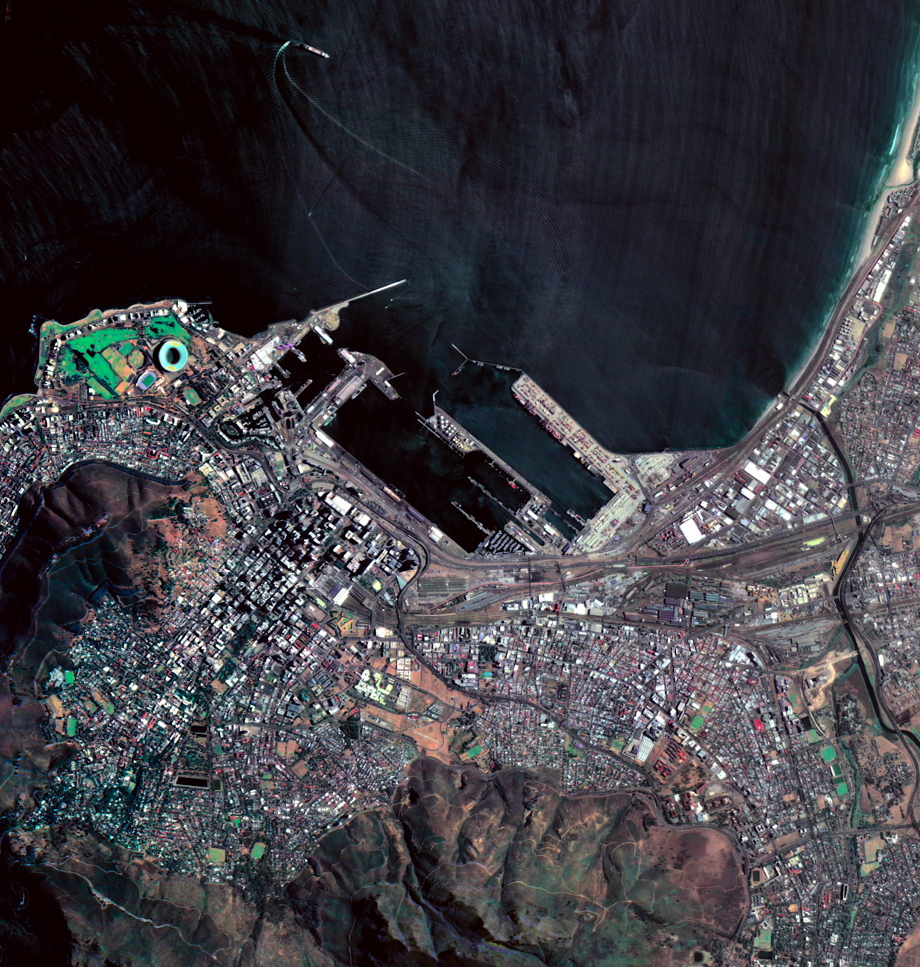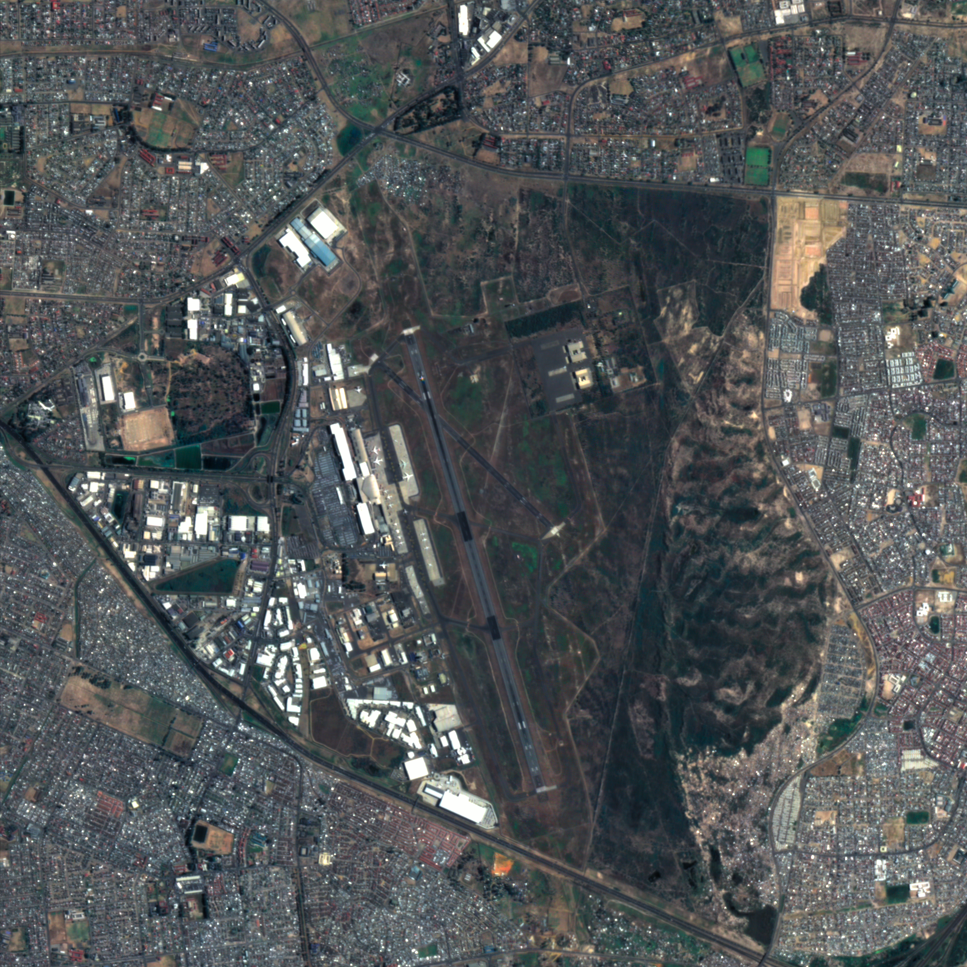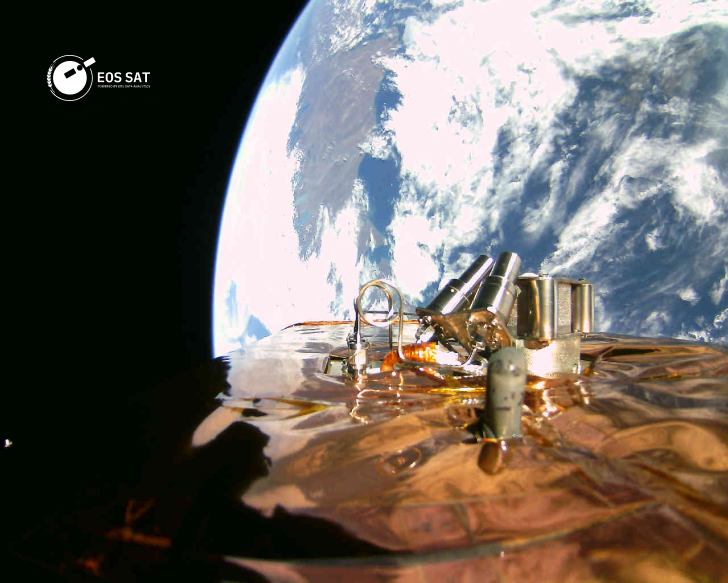Life
EOS Data Analytics Polakova received first images from EOS SAT-1 agro-oriented satellite
EOS Data Analytics (EOSDA), a global provider of artificial intelligence-based satellite imagery analytics founded by Max Polyakov, an international IT and space technology entrepreneur, has processed the first commercial imagery from EOS SAT-1. It is the first satellite in EOS SAT's own constellation and was launched into low Earth orbit on January 3, 2023 by SpaceX's Falcon 9 rocket.
EOS SAT is a constellation of seven small optical satellites that promote sustainable agriculture and forest land monitoring by providing high-quality data for analysis. EOS SAT is planned to reach full functionality by 2025 and will cover 100% of the territories of the countries with the largest areas of agricultural land and forests, representing 98.5% of such land worldwide. The EOS SAT-1 satellite is an in-house development of the Noosphere Max Polak companies. The full-cycle operational process is established because of the vertical integration of the companies in the Noosphere ecosystem - EOS Data Analytics, Dragonfly Aerospace, SETS, and Flight Control Propulsion.
The EOS SAT-1 small, agriculture-focused optical satellite is capable of monitoring areas of up to a million square kilometers daily with 11 agro-oriented spectral channels.
Immediately after launch, EOSDA established stable communication with the satellite and started transmitting telemetry to the ground station. The next task was to make sure that the onboard computer was processing the data properly, both at the firmware and software levels. Finally, when all the calibration and validation tasks were successfully completed and the payload was operational, EOSDA received the first processed images from EOS SAT-1.
The first panchromatic fusion images from the satellite show the Spanish province of Segovia (46 km swath) and Cape Town (44 km swath) and have a resolution of 1.5 meters. The images were processed as part of DEIMOS' GS4EO solution for the ground segment.
Before acquiring the first images, EOSDA made sure that the satellite platform structure, optical, communications and power modules, as well as subsystems such as the thermal load system, on-board data processing (OBDH) and orbital control systems (AOCS), worked properly and passed the necessary tests. More tests and checks are planned for the commissioning phase before the satellite data can be used in EOSDA solutions.
The images were taken with two high-precision DragonEye cameras mounted on the satellite and developed by Dragonfly Aerospace, part of the Max Poliakoff Noosphere ecosystem.
"We are proud of the performance of the EOS SAT-1 and the quality of the images it captured. The launch of the world's first agriculture-focused satellite was the culmination of all Dragonfly Aerospace's previous achievements. Our team was directly involved in the design and production of every subsystem of the satellite, making it one of the most efficient satellites launched to date," adds Brian Dean, CEO of Dragonfly Aerospace.
Thanks to the technical characteristics of the EOS SAT, such as the large number of spectral channels and high resolution of images, this constellation has a greater capacity to solve the world's pressing problems in the agro-sphere, above all, ensuring global food security.


